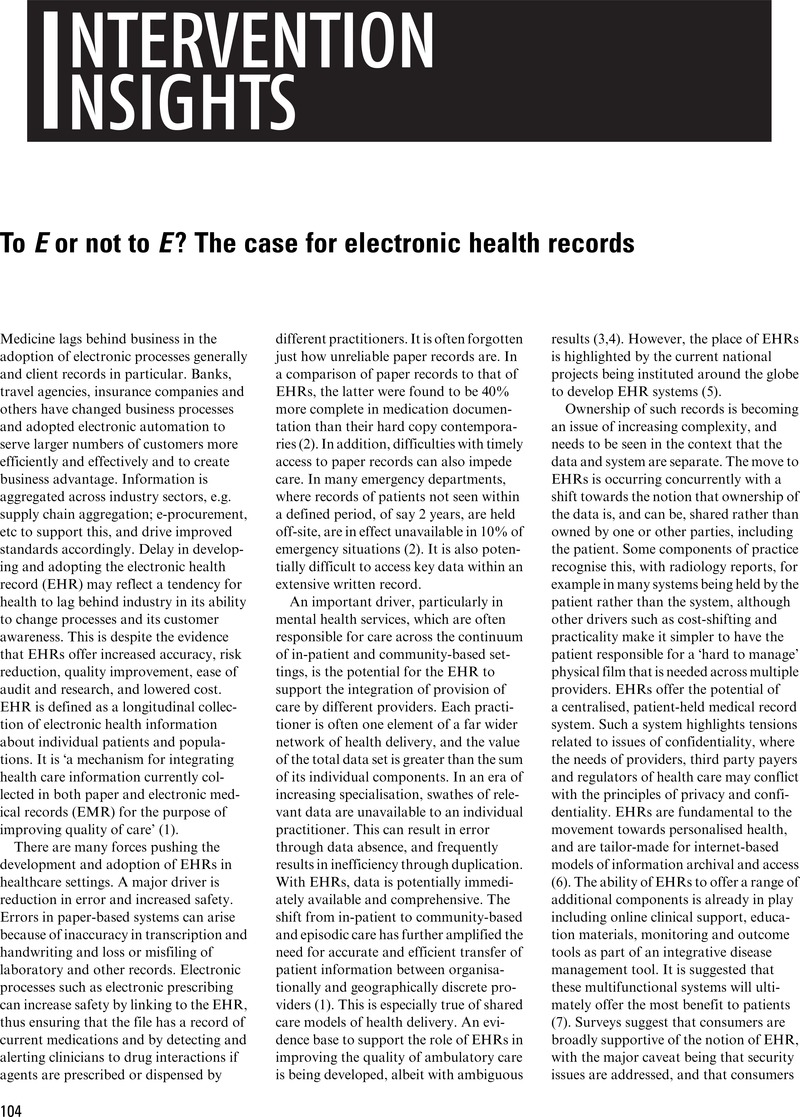Crossref Citations
This article has been cited by the following publications. This list is generated based on data provided by Crossref.
Bourgeois, Stacy
and
Yaylacicegi, Ulku
2010.
Electronic Health Records.
International Journal of Healthcare Information Systems and Informatics,
Vol. 5,
Issue. 3,
p.
1.
Bourgeois, Stacy
and
Yaylacicegi, Ulku
2012.
Advancing Technologies and Intelligence in Healthcare and Clinical Environments Breakthroughs.
p.
18.



